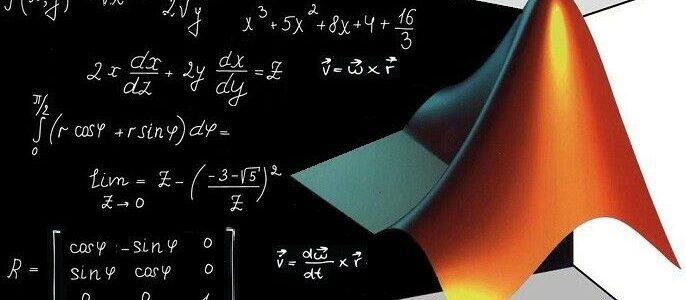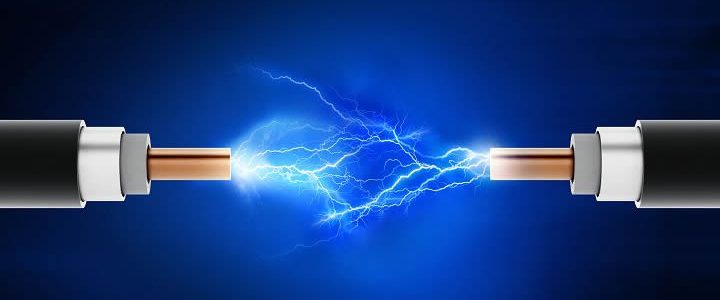| 2 YEAR | 1 semester | 9 CREDITS |
| Prof. TANIMOTO YOH – Prof. BUTTERLEY OLIVER JAMES |
2019-20 |
|
2020-21 to 2022-23 |
|
|
BUTTERLEY Oliver James – butterley@mat.uniroma2.it |
2023-24 |
|
|
Code: 8037950 |
OBJECTIVES
LEARNING OUTCOMES:
One learns power series, differential calculus of several variables, line integral, multiple integral and surface and volume integral. One obtains the ability to calculate partial derivatives of elementary and composed functions, calculate various integrals and apply theorems of Green, Gauss and Stokes to facilitate the computations.
KNOWLEDGE AND UNDERSTANDING:
To know the definitions of basic conepts (convergence of series, partial derivatives, extremal points, multiple integral, line integal, surface integral and volume integral) and apply various theorems to execute concrete computations.
APPLYING KNOWLEDGE AND UNDERSTANDING:
To identify the theorems and techniques to apply to the given problems and execute computations correctly.
MAKING JUDGEMENTS:
To understand mathematical concepts for the given problems and to divide them into smaller problems that can be solved with the knowledge obtained during the course.
COMMUNICATION SKILLS:
To frame the problems in the obtained concepts, express the logic and general facts that are used during the computations.LEARNING SKILLS:
To know precisely basic mathematical concepts and apply them to some simple examples in physics.
COURSE SYLLABUS
- Sequences and series of functions, Taylor series
- Differential calculus of scalar and vector fields
- Applications of differential calculus, extremal points
- Basic differential equations
- Line integrals
- Multiple integrals
- Surface integrals, Gauss and Stokes theorems

 UNIVERSITA' DEGLI STUDI ROMA "TOR VERGATA"
UNIVERSITA' DEGLI STUDI ROMA "TOR VERGATA"
